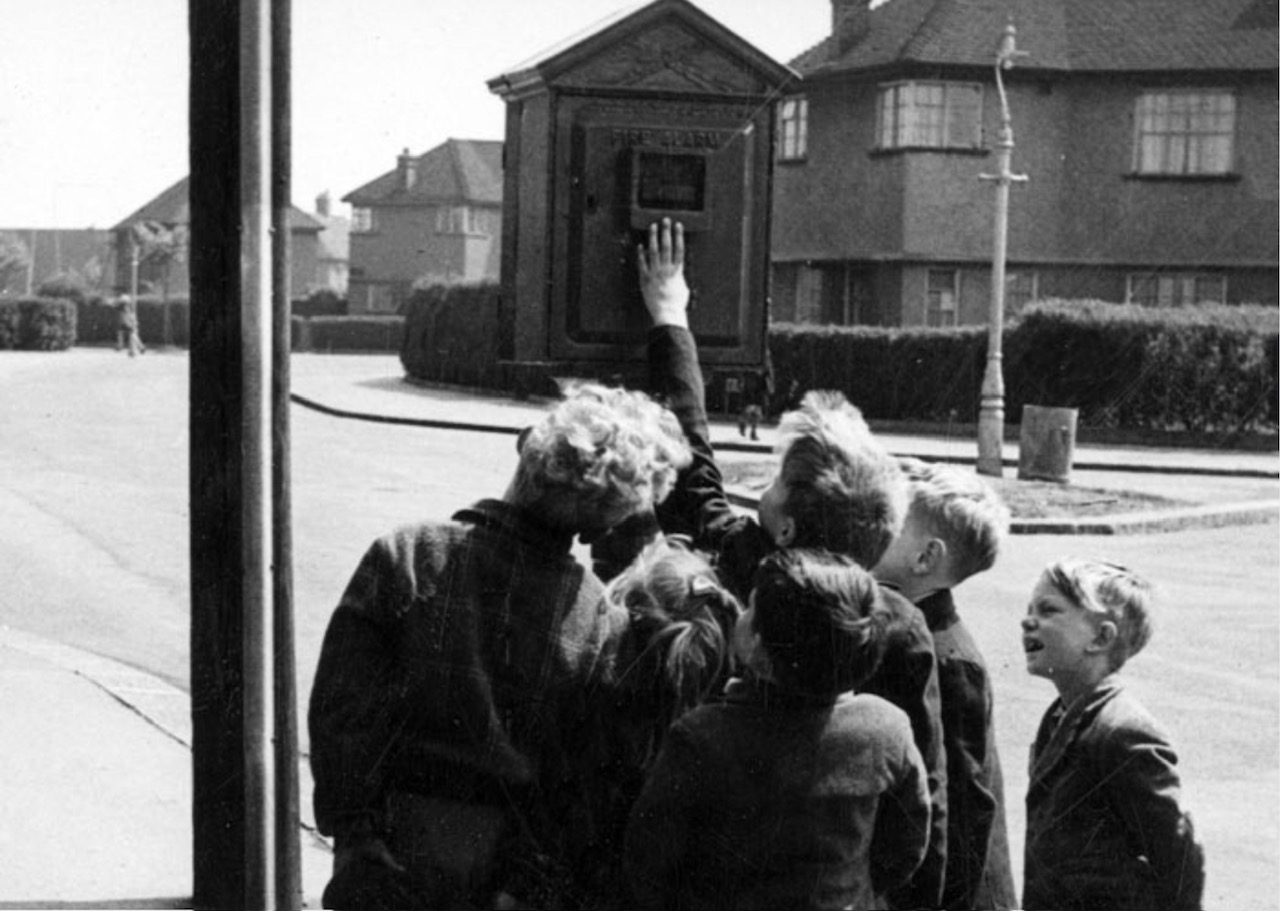Incident management is being redesigned to emphasise interconnected systems. Custom-built systems built on proprietary interfaces create challenges for maintenance, security updates, and managing large-scale or multi-region incidents. Dispatchers would have to manually re-enter information received from other public safety organisations, increasing the risk of errors and delaying emergency response times.
While traditional systems create information silos, modern architectures enable a cohesive information structure that simplifies and accelerates multi-organisation incident management.
In this post, we will explore how ESINet & the Emergency Incident Data Object (EIDO) standards enable interoperability and provide a framework to integrate advanced data practices and accelerate the modernisation of the Next Generation emergency response systems.
Incident Management
Local Incident Managers: The organisation-specific CAD system remains a vital “local incident manager”. It still serves as the primary tool for day-to-day operations and provides an independent, secure system for public safety organisations. The CAD platform’s role is evolving from a simple data entry system to an orchestrator that suggests actions from new and diverse data sources. These are typically integrated through external platforms, viz., CAD now correlates real-time video from a body-worn camera, location updates from devices, and gunshot detection alerts, presenting a consolidated operational picture to the dispatcher.
Multi-Agency Incident Managers: An interconnected infrastructure allows data sharing across organisations. During a large-scale, multi-jurisdictional incident, relying on a single organisation’s CAD system is ineffective due to the siloed data processes involved. The Next Generation of incident management involves a separate, overarching system that aggregates data from multiple local incident managers. This kind of platform provides a unified view of the incident (a Common Operating Picture, or COP) across all agencies. It pulls in data from each local CAD system, enabling all responding organisations to see each other’s units, status, and actions, improving coordination, resource allocation, and a unified command and control structure.
Simplifying Multi-Agency Incident Management: The Role of Standards
Communication & Data Network Considerations: Data Source Prioritisation and Infrastructure Design
Communication networks are typically purpose-built with a variable data load, depending on the network technology (LMR, 4G/5G, etc.). With telecom networks being digitalised, the control and user planes are separated, providing more choices for data source integration.
Data sources need to be prioritised by significance to operations, and the data management solution is to be designed accordingly. Depending on the performance, reliability, and security requirements, data is processed in specific infrastructures. The Next Generation dispatch/resource management system manages data from diverse sources, requiring additional planning for infrastructure design.
ESINet (Emergency Services IP Network): ESINet is a managed IP network designed for emergency services communications that can be shared by all public safety organisations. It provides the IP transport infrastructure for Next Generation emergency services (NG 112, NG 999, NG 9-1-1, NG 000). The primary purpose of the ESInet is to provide the essential IP transport infrastructure (emergency call routing) upon which independent application platforms and core services, including those necessary for delivering NG services, can be deployed. The borders of the ESInet are secured using network-level firewalls and application layer firewalls (i.e., Border Control Functions – BCFs). These devices are used to authorise every IP-based communication attempt entering the ESINet. In addition to their security function, they also perform protocol translation from and to IP-based SIP signalling and IP-based data exchange.
ESInets can be built using a combination of both dedicated and shared facilities, offering flexibility in deployment. ESINets can be interconnected at local, regional/state, and national levels to form a “network of networks”. Interconnection between ESINets and Public Safety Broadband Networks (PSBNs) is critical for sharing information between the public, the PSAP, and first responders.
EIDO (Emergency Incident Data Object) – Help Solve Data Fragmentation
Each public safety organisation manages incident classifications differently, despite emergencies having the same critical implications in the real world. For example, a single building fire may be classified as a “structural fire” by the Fire department, but as “traffic management” by the Police and “smoke inhalation” by EMS. This results in fragmented data, complicating multi-organisation collaboration. The EIDO was created to solve this problem by providing a standardized mechanism to exchange incident information between agencies, replacing legacy/proprietary interfaces.
The EIDO represents the current state of an incident at the time of exchange. It contains a header and various data components, such as incident details, call information, location, and notes. This standardised JSON-based object is the universal language for sharing emergency information.
Common Alerting Protocol: Common Alerting Protocol (CAP) messages are used for events sent to and within an ESInet. Non-human-associated calls (e.g., sensor data-generated calls) are presented to an ESInet in the same way as regular emergency calls using a SIP INVITE, or a SIP message that contains the CAP payload. The parameters in the CAP message are available to the routing function.
For use within ESInets, elements (viz., sensor devices) sending or receiving CAP messages shall have a common understanding of what kind of event is being sent, primarily to use in routing decisions
EIDO Conveyance – Reducing the need for manual call transfer
EIDO Conveyance standard: The EIDO Conveyance standard (NENA-STA-024) defines the secure, reliable transport of Emergency Incident Data Objects (EIDOs) between systems and applications within Next Generation networks. It enables data to be shared from call handling systems to CAD, between CAD systems to field responders, and other organisations.
This is a WebSocket endpoint to subscribe to incident data updates. This could be used for one CAD to subscribe to another CAD and receive notifications when incident data is updated, and can simplify the CAD-to-CAD incident data exchange. This standard supports the exchange of incident requests (such as Request for Awareness, Request for Service, and Request for Resources). An organisation can request assistance from another without having to transfer calls through a digital interface (interoperable data exchange).
The EIDO standard provides the necessary framework, but its full potential is unlocked when integrated with modern data practices, such as the use of data catalogs for a single source of truth, data lineage for complete history, and flexible subscription-based methods for real-time data exchange. This evolution transforms emergency response from a series of disconnected events into a cohesive, intelligent, and auditable data flow.
Without EIDO, a CAD system can’t seamlessly exchange incident information, forcing reliance on bespoke external integrations with limited capabilities. This leads to fragmented data and requires dispatchers to manually re-enter information, increasing the risk of errors and slowing down response times.
Typical Data Sources used in Emergency Response Systems
| Data Source Category | Data Source Examples | Mission Criticality | Remarks |
| Foundational Communications | Voice (PTT), Unit Status (AVL), Call ANI/ALI | High | Dedicated mission-critical (e.g., Dedicated LMR, NG ESINet). Essential for core service continuity. |
| Real-Time Intelligence & Alerts | High-priority AI alerts, MCPTT events/alerts. | High | Dedicated mission-critical (Prioritised PSBN/4G/5G). Requires guaranteed QoS and lowest latency. |
| Digital Evidence & Context | Continuous video streams, large file transfers (SOPs), and long-term digital evidence storage. | Medium /High | Non-critical/Shared network.
Can tolerate higher latency and can be offloaded to storage (cost-optimised) or commercial networks to preserve dedicated bandwidth. |
| Citizen & Multimedia Input | Multimedia Messages (Text-to-911), RTT data, PIDF-LO (Location Data). | High | Dedicated mission-critical (via ESINet). Provides initial, rich context and location data essential for call routing. Ingested via the NG path. |
| Geospatial & IoT | BIM/Floor Plans, Utility Infrastructure (environmental) | Medium /High | Non-critical/Shared network. Data (except real-time environmental alerts) is often pulled from external services or databases. Used for critical pre-incident intelligence. |
| Risk & Compliance Records | Premise Hazard History, Warrant/Protection Order Data, Unit/Personnel Rosters. | High | Dedicated mission-critical. Allows CAD to automatically attach known risks, enhancing officer safety. Ingested via a secure, dedicated network. |
| Public Crowdsourcing /External | Social Media Alerts, Public Sensor Feeds (e.g., traffic cameras). | Medium | Non-critical/Shared network. Provides crowdsourced situational awareness. Data is external and should be filtered before ingestion. |
| IoT
Sensors on Units /Field Responders |
Telematics Data (vehicle status, crash reports), BWC data, health | High | Dedicated mission-critical for crash alerts. Non-critical data network for routine status. Telematics data can trigger automatic notifications for vehicle crashes. |
| LPR Hotlist Feeds | Real-time integration of LPR data from cameras | High | While the LPR infrastructure may use a non-critical data network, the Hotlist alert must be ingested into the CAD platform via a secure, prioritised channel to flag vehicles associated with active warrants or alerts immediately. |
| Weather Service Alerts | Dynamic weather data (severe storm paths, flood zones, etc.) are presented as GIS layers. | High | This is mission-critical for large-scale incidents. It can be ingested via a Non-critical/Shared network connection (to lower the cost of data acquisition) to an external weather service API. Still, the resulting warning alerts would be pushed over the dedicated mission-critical network. |
The modern public safety ecosystem is now an interconnected, data-driven platform where the CAD system acts as the intelligent orchestrator. Unlike with traditional CAD systems, which follow pre-programmed rules, public safety incident management processes can now be enriched with more data sources, and the decisions can be adapted dynamically based on context. However, the data sources integration is highly dependent on the state of the public safety systems, communication and data network infrastructure maturity, and an organisation’s or project budget. New data source integration is a barrier to modernisation. Leveraging standards like ESINet, EIDO helps to enable real-time data exchange across organisations. Interoperable systems also help to reduce the integration cost and complexity, and accelerate modernisation efforts.




